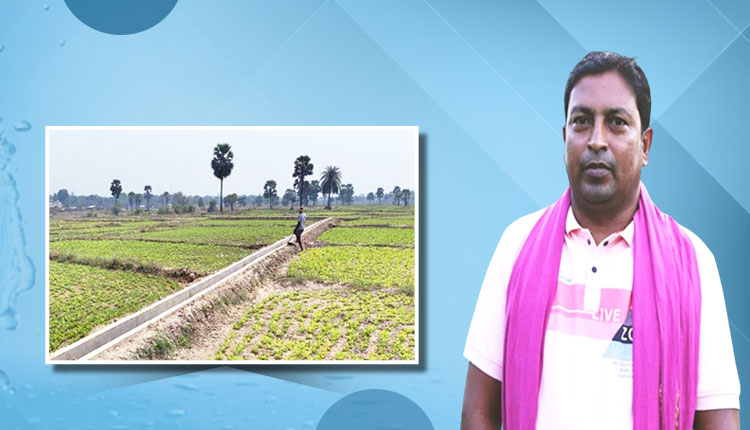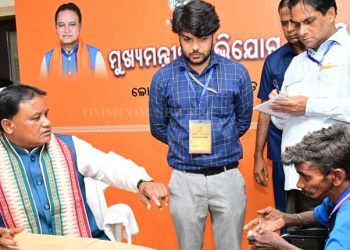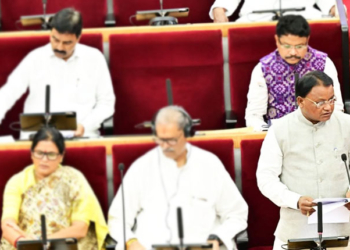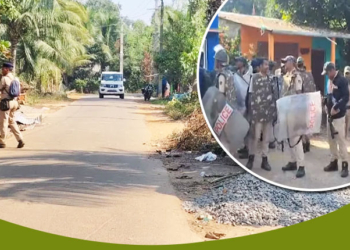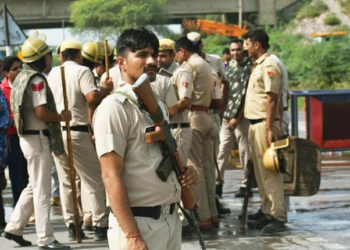Bhubaneswar: Water is the lifeline of agriculture, and timely irrigation often determines a farmer’s success or struggle. In Odisha, the Water Resources Department has been working tirelessly to ensure that cultivable lands receive sufficient water, helping farmers increase productivity and improve their livelihoods.
In a significant achievement under the Rural Infrastructure Development Fund (RIDF) project, irrigation facilities have been extended to 33,968 hectares of farmland in the Tatiguda village area under Left Bank Canal 2-R Outlet in Malkangiri Block of Malkangiri district during 2024–25. The initiative, executed by the Command Area Division-7, stands as a model of integrated water management and rural empowerment.
Under this project, a 600-meter-long reinforced cement concrete (RCC) field channel equipped with 15 hydraulic structures has been constructed. The “Nilgagan Pani Panchayat” played a key role in the project’s successful implementation and has been lauded by the department for its active participation.
Earlier, farmers in Tatiguda could cultivate only paddy during the Kharif season, as the lack of irrigation prevented them from growing second or third crops. With the new canal system, farmers can now diversify their cultivation to include groundnuts, maize, vegetables, and watermelons, ensuring income throughout the year.
The canal’s concrete lining has reduced water seepage, enabling water to reach even the tail-end farms. As a result, formerly fallow land is now under cultivation, boosting productivity and income. The project has directly benefited over 18 families and indirectly supported several others in the region.
Local farmer Chitta Biswas of Tatiguda shared that irrigation was once a major hurdle for farmers.
“Earlier, we could only grow paddy during monsoon. Now, thanks to the new canal, around 72 farmers can cultivate on about 71 hectares of land. I’ve started growing maize and paddy together on my 3-acre farm, and maize cultivation seems more profitable,” Biswas said with optimism.
Through such projects under the Irrigation Area Development Scheme, the Water Resources Department aims to bring every patch of unirrigated land under the irrigation network. By promoting crop diversification, climate-resilient farming, and efficient water use, the department is helping farmers transition from subsistence to sustainable prosperity.




